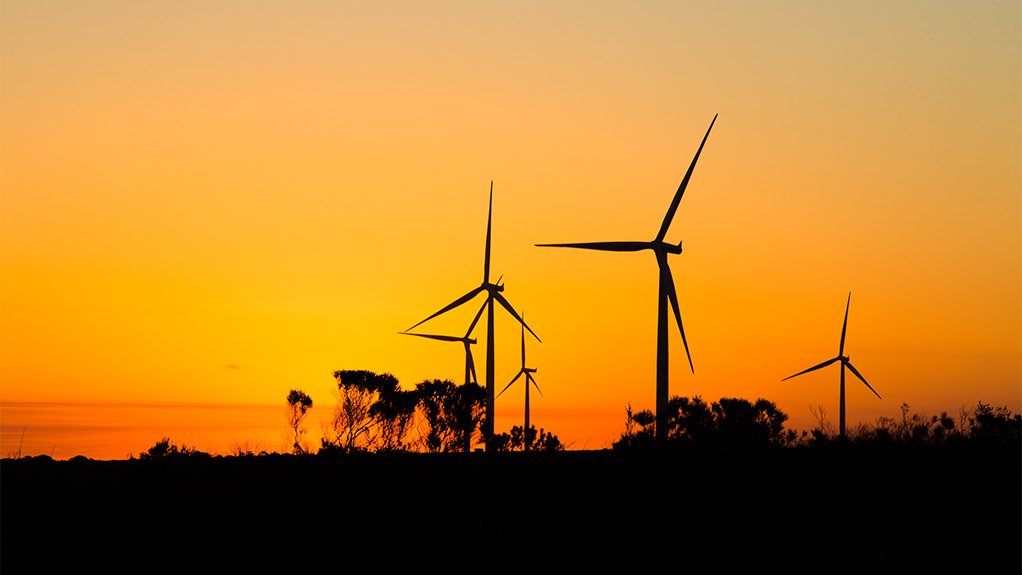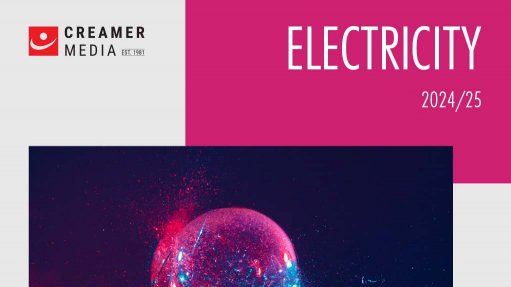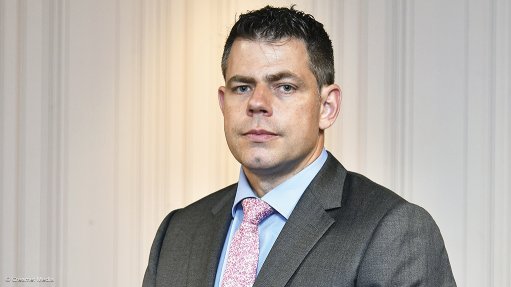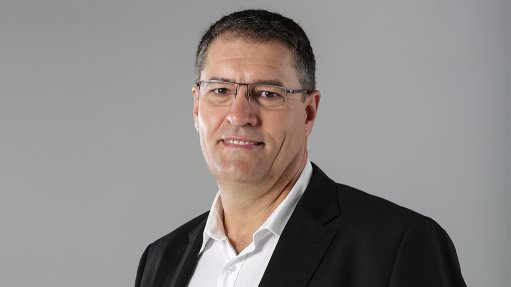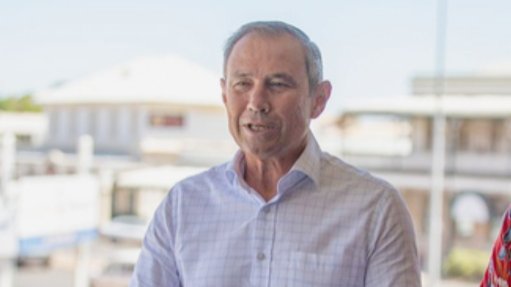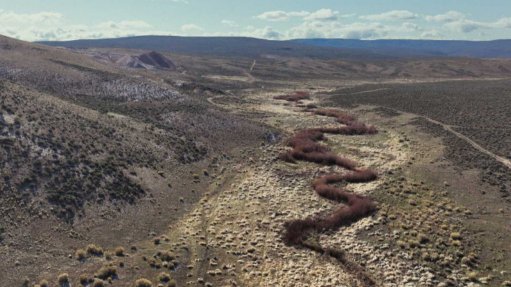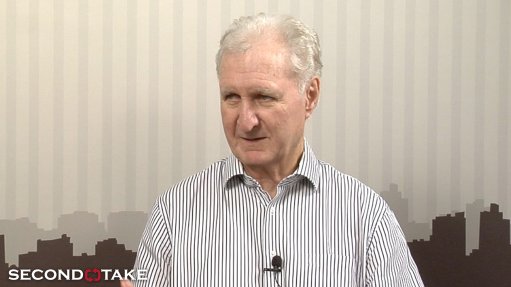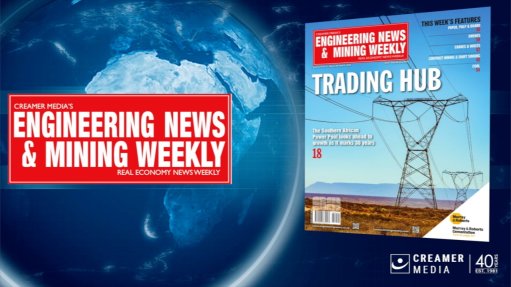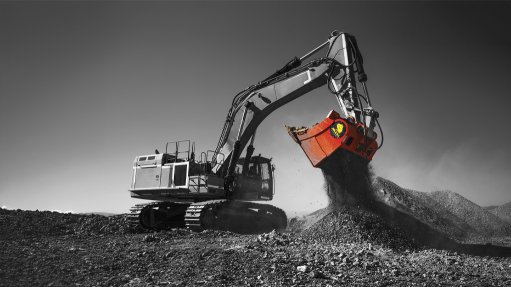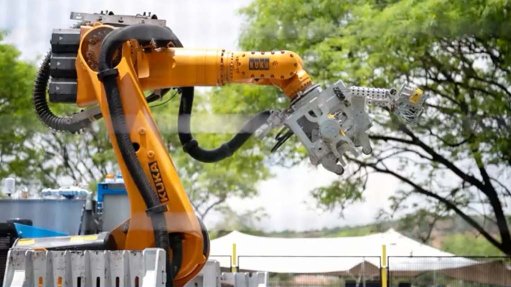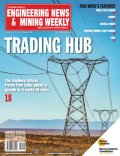Danish Energy Agency backing project to validate wind resources of South Africa’s coal heartland
The Danish and South African governments are partnering on a project to map the wind resources of the coal region of Mpumalanga, where access to the grid for new renewables projects is less constrained and where initiatives are under way to explore alternative livelihoods for workers and communities who could be affected by coal mine and power station closures.
Known as ‘Wind Atlas of South Africa Phase 4 (WASA4)’, the initiative is being jointly funded by the Danish Energy Agency (DEA) and the Department of Mineral Resources and Energy and is being carried out by researchers from the Danish Technical University, the South African National Energy Development Institute, the Council for Scientific and Industrial Research, the University of Cape Town and the South African Weather Service.
During a visit to South Africa, DEA deputy director-general Stine Leth Rasmussen told Engineering News & Mining Weekly that state-of-the-art knowledge and tools are being used for the assessment, which will also incorporate recent advances in wind-turbine technology that have improved the generation prospects of regions with lower wind speeds.
She says WASA4 is a continuation of a wind-modelling programme that Denmark has been supporting for more than a decade, and which has resulted in the release of previous WASA editions in 2012, 2014, 2019 and 2021 that are freely available to stakeholders.
WASA modelling has been completed for South Africa as a whole, but validation through measurement stations has hitherto focused primarily on the wind-rich Western, Eastern and Northern Cape provinces.
No such validation has been carried out previously in Mpumalanga, which has since emerged as a priority for South Africa’s Just Energy Transition Partnership, which was launched in 2021 with the support of an International Partnership Group (IPG) and which Denmark joined in 2023.
The IPG has pledged $11.7-billion in concessional loans and grant funding to the South African programme, with Denmark having a made a $165-million commitment.
Through WASA4, the wind potential of South Africa’s coal heartland will be mapped in detail, alongside similar studies in the North West, Gauteng and Limpopo, with the objective of de-risking wind energy developments in these provinces, but especially in Mpumalanga.
“By increasing the availability of measured data to validate the Mpumalanga wind resources, it is more likely that investors will be encouraged to locate wind projects in these regions,” Rasmussen says.
In parallel, the DEA has also worked with the Independent Power Producer Office (IPPO) on a separate study that among other things assesses the potential price differential between wind and solar projects in the grid-ready Mpumalanga province with similar projects in the Northern Cape, where Eskom says the available grid access has been absorbed.
The IPPO will release the results once the study has been finalised, but Rasmussen says early indications are that Mpumalanga’s grid advantages could help offset the region’s less potent wind resources and make projects cost competitive.
“A key finding is that while there is an ongoing process to expand the grid to often remote areas with abundant wind and sun, like the Northern Cape, an emphasis should also be put on driving developer interest towards renewable-energy projects in provinces such as Mpumalanga where wind resources are reasonably good and grid capacity is abundant.”
Meanwhile, Ambassador Elsebeth Søndergaard Krone reports that Denmark has also worked with South African partners on the development of a digital map of potential sites in Mpumalanga where renewable- energy projects could be developed.
“The map improves the renewable-energy developer’s access to crucial information about land use and infrastructure, and also gives an overview of the grid capacity that could be used as input by policymakers to select locations for renewable energy infrastructure and also to undertake targeted regional procurement rounds in future,” Krone tells Engineering News & Mining Weekly.
She adds that all of Denmark’s current initiatives in South Africa are part of what has been a long-term partnership with the country in a range of sectors, and in the energy space in particular.
“In August, the Danish government launched a new strategy for strengthened engagement with Africa and African partners, which aims to increase our presence and activities in the African continent, and that includes South Africa,” Krone says.
Comments
Press Office
Announcements
What's On
Subscribe to improve your user experience...
Option 1 (equivalent of R125 a month):
Receive a weekly copy of Creamer Media's Engineering News & Mining Weekly magazine
(print copy for those in South Africa and e-magazine for those outside of South Africa)
Receive daily email newsletters
Access to full search results
Access archive of magazine back copies
Access to Projects in Progress
Access to ONE Research Report of your choice in PDF format
Option 2 (equivalent of R375 a month):
All benefits from Option 1
PLUS
Access to Creamer Media's Research Channel Africa for ALL Research Reports, in PDF format, on various industrial and mining sectors
including Electricity; Water; Energy Transition; Hydrogen; Roads, Rail and Ports; Coal; Gold; Platinum; Battery Metals; etc.
Already a subscriber?
Forgotten your password?
Receive weekly copy of Creamer Media's Engineering News & Mining Weekly magazine (print copy for those in South Africa and e-magazine for those outside of South Africa)
➕
Recieve daily email newsletters
➕
Access to full search results
➕
Access archive of magazine back copies
➕
Access to Projects in Progress
➕
Access to ONE Research Report of your choice in PDF format
RESEARCH CHANNEL AFRICA
R4500 (equivalent of R375 a month)
SUBSCRIBEAll benefits from Option 1
➕
Access to Creamer Media's Research Channel Africa for ALL Research Reports on various industrial and mining sectors, in PDF format, including on:
Electricity
➕
Water
➕
Energy Transition
➕
Hydrogen
➕
Roads, Rail and Ports
➕
Coal
➕
Gold
➕
Platinum
➕
Battery Metals
➕
etc.
Receive all benefits from Option 1 or Option 2 delivered to numerous people at your company
➕
Multiple User names and Passwords for simultaneous log-ins
➕
Intranet integration access to all in your organisation



